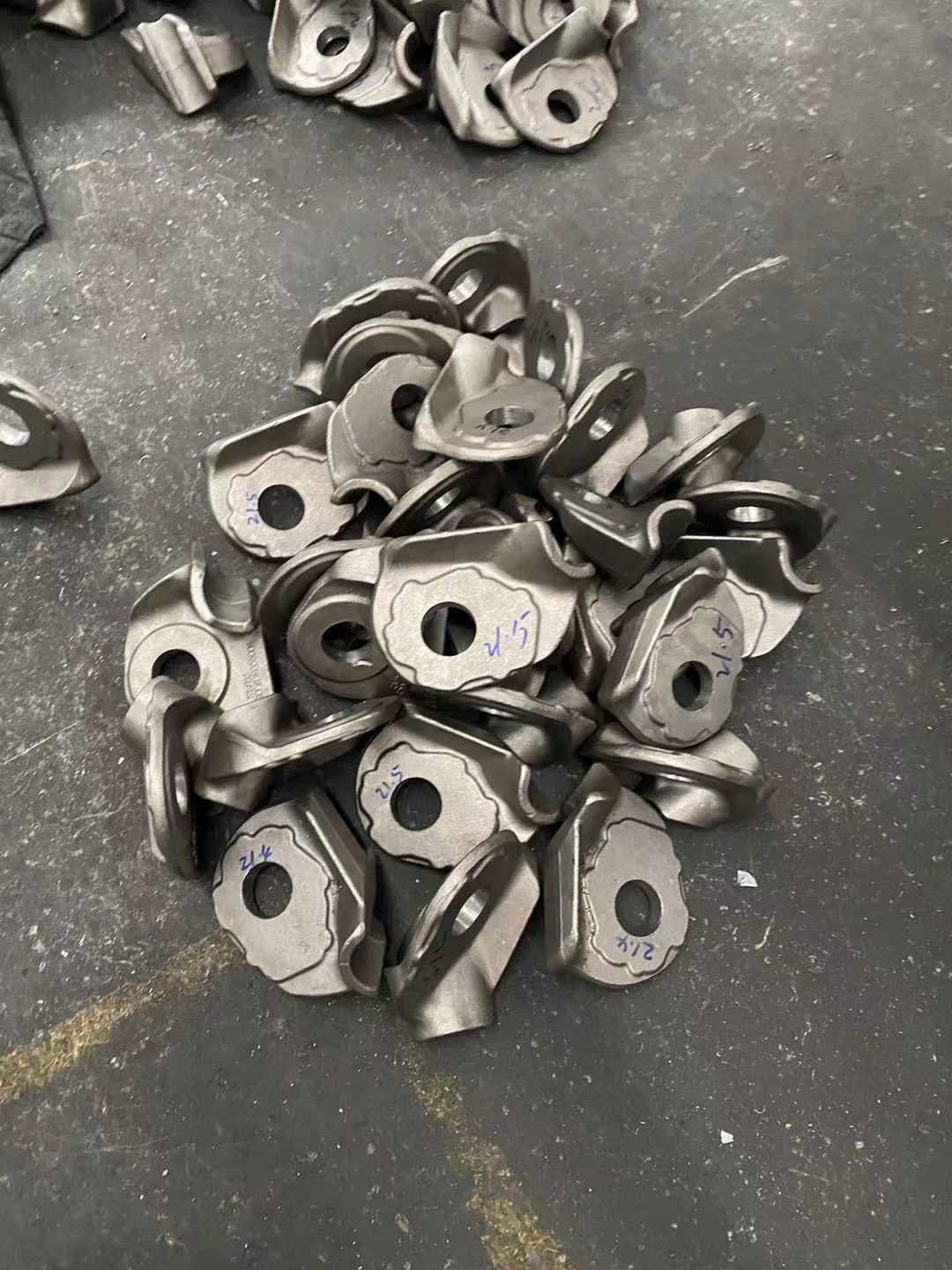Forging process, in terms of safety, we should pay attention to what matters? During forging, in terms of safety, we should pay attention to:
2022-08-25
1. Forging production is carried out in the state of metal burning (for example, low carbon steel forging temperature in the range of 1250~750℃). Due to a lot of manual labor, burning may occur if you are not careful.
2. The heating furnace and the charred ingot, blank and forgings in the forging workshop constantly emit a lot of radiant heat (the forgings still have quite high temperature in the final forging), and the workers are often hurt by the radiant heat.
3. The smoke and dust generated by the burning of the heating furnace in the forging workshop is discharged into the air of the workshop, which not only affects the health, but also reduces the visibility of the workshop (for the heating furnace burning solid fuel, the situation is more serious), so it may also cause industrial accidents.
4. The equipment used in forging production, such as air hammer, steam hammer, friction press, etc., will produce impact when working. When subjected to this impact load, the equipment itself is prone to sudden damage (e.g., the hammer piston rod suddenly broken), resulting in serious injury accidents.
Punch press (such as hydraulic press, crank hot forging, flat forging machine, precision forging machine, etc.), when working, although the impact is small, but the sudden damage of equipment also happens from time to time, the operator is often caught off guard, and even may cause work-related accidents.
5, forging equipment in the work of a lot of force, such as crank press, forging machine and hydraulic press, etc., although their working conditions are relatively stable, but the working parts of the pressure is also a lot, such as China has made and used 12,000 tons of forging equipment. The force released by ordinary presses of 100~ 150T is large enough. If the die is installed or operated incorrectly, most of the force is not applied to the workpiece, but to the parts of the die, tool, or equipment itself. In this way, certain installation and commissioning errors or improper tool operation can lead to the damage of machine parts and other serious equipment or personal accidents.
6, the forging tools and auxiliary tools, especially hand forging and free forging tools, clamps, etc., are very famous, they are put together to work together. In fortifications, tools were changed so frequently, and stored so disordered, that the examination of these tools must be made more difficult. When a tool was needed for forging, sometimes it could not be found quickly, sometimes it could not be found in time, and sometimes it was "made do" with similar tools, which often led to accidents at work.
7. Because of the noise and vibration generated by the forging workshop equipment in the process of operation, the workplace is very noisy, affecting people's hearing and nervous system, making people distracted, thus increasing the possibility of accidents.

2. The heating furnace and the charred ingot, blank and forgings in the forging workshop constantly emit a lot of radiant heat (the forgings still have quite high temperature in the final forging), and the workers are often hurt by the radiant heat.
3. The smoke and dust generated by the burning of the heating furnace in the forging workshop is discharged into the air of the workshop, which not only affects the health, but also reduces the visibility of the workshop (for the heating furnace burning solid fuel, the situation is more serious), so it may also cause industrial accidents.
4. The equipment used in forging production, such as air hammer, steam hammer, friction press, etc., will produce impact when working. When subjected to this impact load, the equipment itself is prone to sudden damage (e.g., the hammer piston rod suddenly broken), resulting in serious injury accidents.
Punch press (such as hydraulic press, crank hot forging, flat forging machine, precision forging machine, etc.), when working, although the impact is small, but the sudden damage of equipment also happens from time to time, the operator is often caught off guard, and even may cause work-related accidents.
5, forging equipment in the work of a lot of force, such as crank press, forging machine and hydraulic press, etc., although their working conditions are relatively stable, but the working parts of the pressure is also a lot, such as China has made and used 12,000 tons of forging equipment. The force released by ordinary presses of 100~ 150T is large enough. If the die is installed or operated incorrectly, most of the force is not applied to the workpiece, but to the parts of the die, tool, or equipment itself. In this way, certain installation and commissioning errors or improper tool operation can lead to the damage of machine parts and other serious equipment or personal accidents.
6, the forging tools and auxiliary tools, especially hand forging and free forging tools, clamps, etc., are very famous, they are put together to work together. In fortifications, tools were changed so frequently, and stored so disordered, that the examination of these tools must be made more difficult. When a tool was needed for forging, sometimes it could not be found quickly, sometimes it could not be found in time, and sometimes it was "made do" with similar tools, which often led to accidents at work.
7. Because of the noise and vibration generated by the forging workshop equipment in the process of operation, the workplace is very noisy, affecting people's hearing and nervous system, making people distracted, thus increasing the possibility of accidents.

Previous:Forging - forging billet heating
X
We use cookies to offer you a better browsing experience, analyze site traffic and personalize content. By using this site, you agree to our use of cookies.
Privacy Policy



